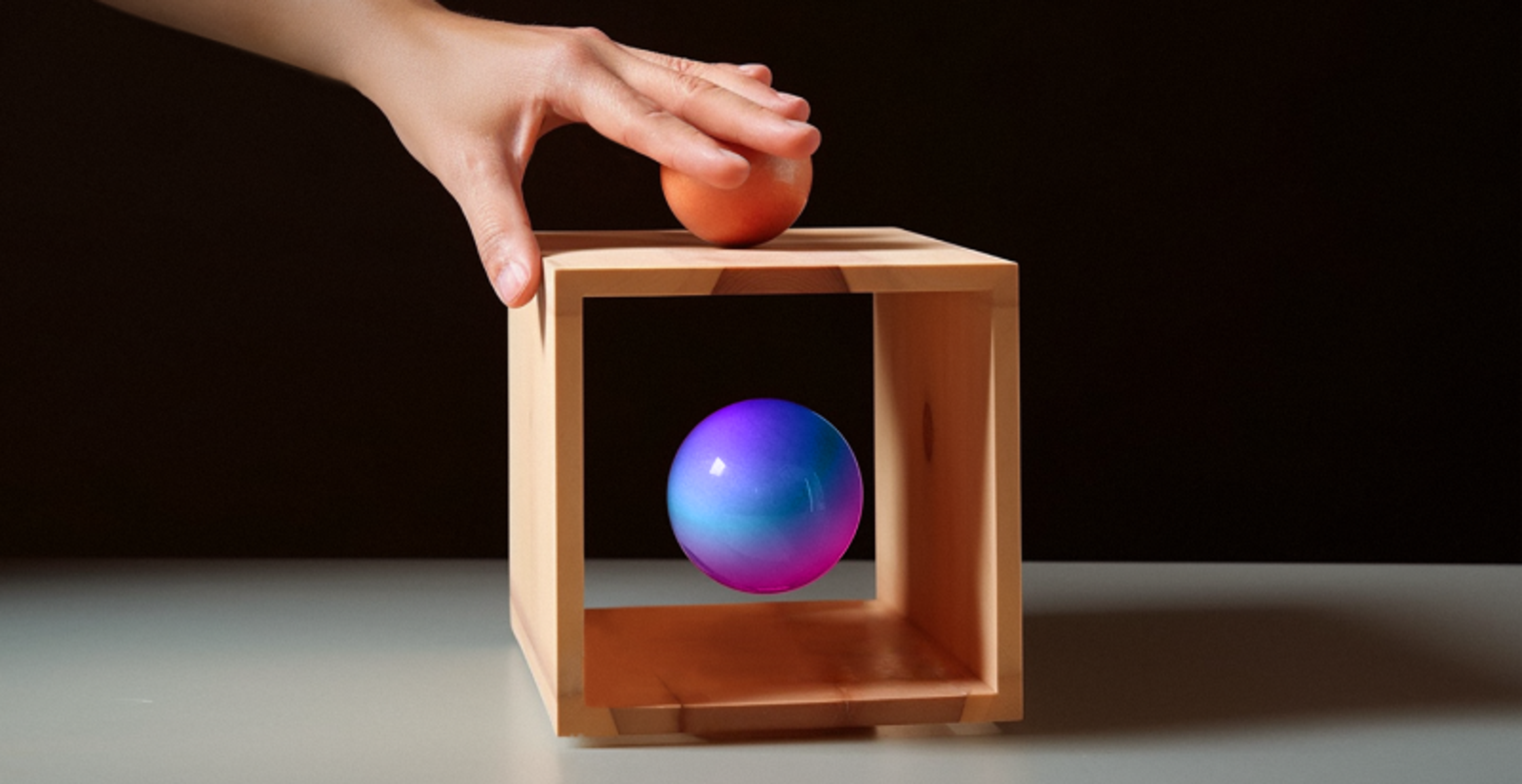Learn how to build strong customer loyalty and keep people coming back to your brand. This guide shares simple, practical ways to create lasting relationships with your customers. It also develops user engagement strategies to support long-term success.
Loyalty programs are a great tool. They can help you keep more customers, boost satisfaction, and learn more about what people like and how they shop. When paired with tools that track user engagement metrics, these programs can uncover valuable insights.
If you need support, branding agencies can help bring your ideas to life and guide your loyalty efforts. They often create user engagement strategies that align with your goals and audience behavior.
What Is Customer Loyalty?
Customer loyalty shows how likely people are to return to your brand. It's not just about the product or service. It also comes from every interaction customers have with your brand.
Loyalty grows when you give customers real value. This makes them choose your brand again instead of switching to someone else. It also enhances user engagement optimization, making every interaction more meaningful.
A strong loyalty program turns one-time buyers into repeat customers. These loyal customers stay longer and often tell others about your brand.
They also spend more over time, which helps your business grow and succeed.
Customer Loyalty
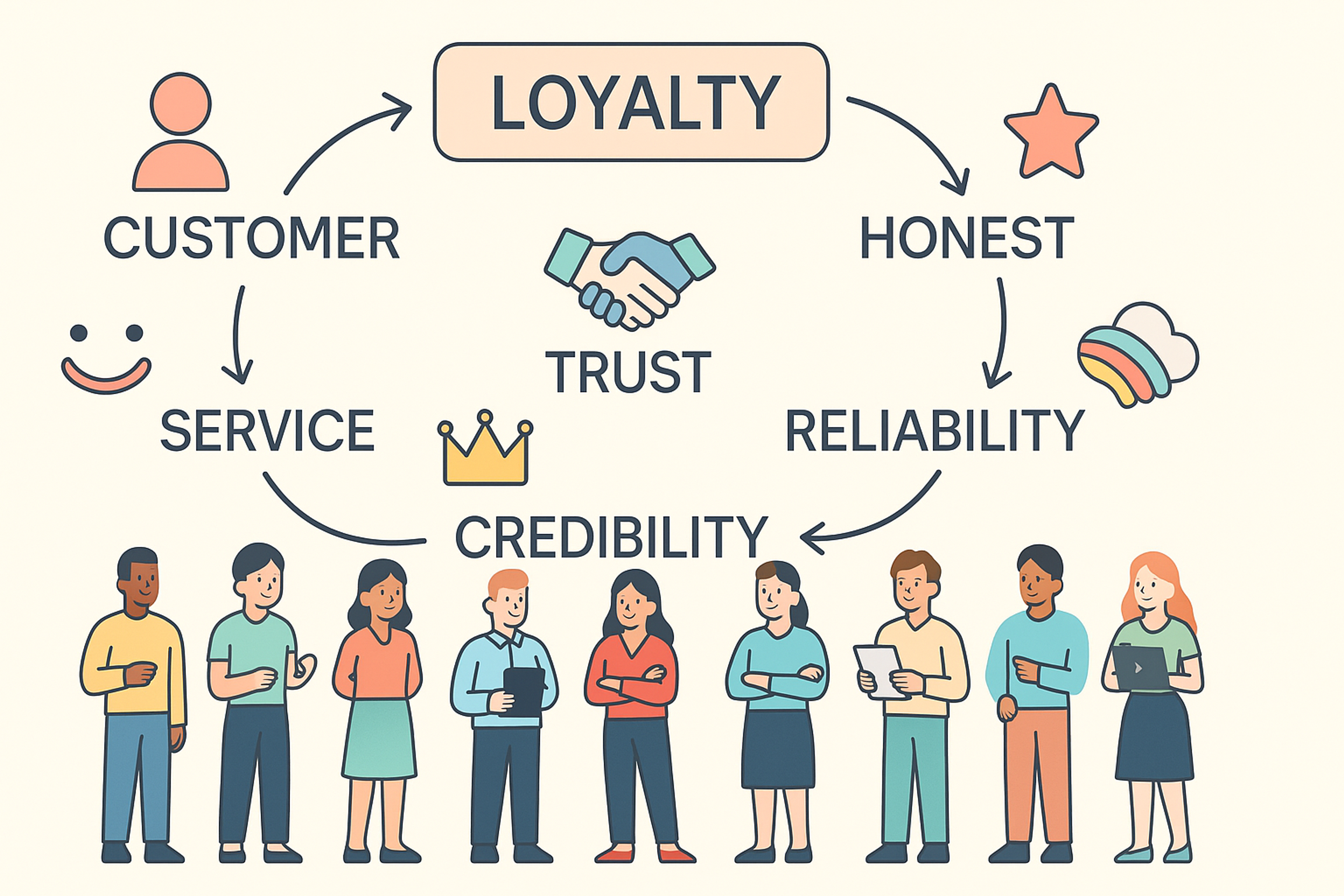
Why Measure Customer Loyalty?
Loyal customers don’t just buy more often — they’re also more open to trying new products. This can lower the cost of gaining new customers. So, why is it so important to measure loyalty?
One big reason is to match loyalty with your business goals. Tracking user engagement metrics gives you a clear picture of how your brand is growing. It also helps you set smart goals based on real data.
You can also learn more about your customers. When you combine retention rates with deeper insights, you can make better choices about how to improve the customer experience.
Customer feedback plays a big role too. It helps you understand what people think and how to improve your service. Asking for feedback shows that you value their input and helps build trust.
Measuring loyalty also helps you see the bigger picture. You can compare the cost of losing customers to the value of keeping them. This helps you focus on what matters most for long-term success.
Tracking user engagement metrics isn’t just a bonus anymore — it’s a must. And to do it right, you’ll need to keep an eye on the right performance indicators.
Customer Loyalty vs. Brand Loyalty: Understanding the Differences
Although “customer loyalty” and “brand loyalty” are often synonyms, they have different implications for business performance.
Implementing a robust customer loyalty strategy can significantly enhance customer engagement and retention, particularly in B2B sectors. It also develops user engagement strategies that support both loyalty and satisfaction.
Customer Loyalty vs Brand Loyalty
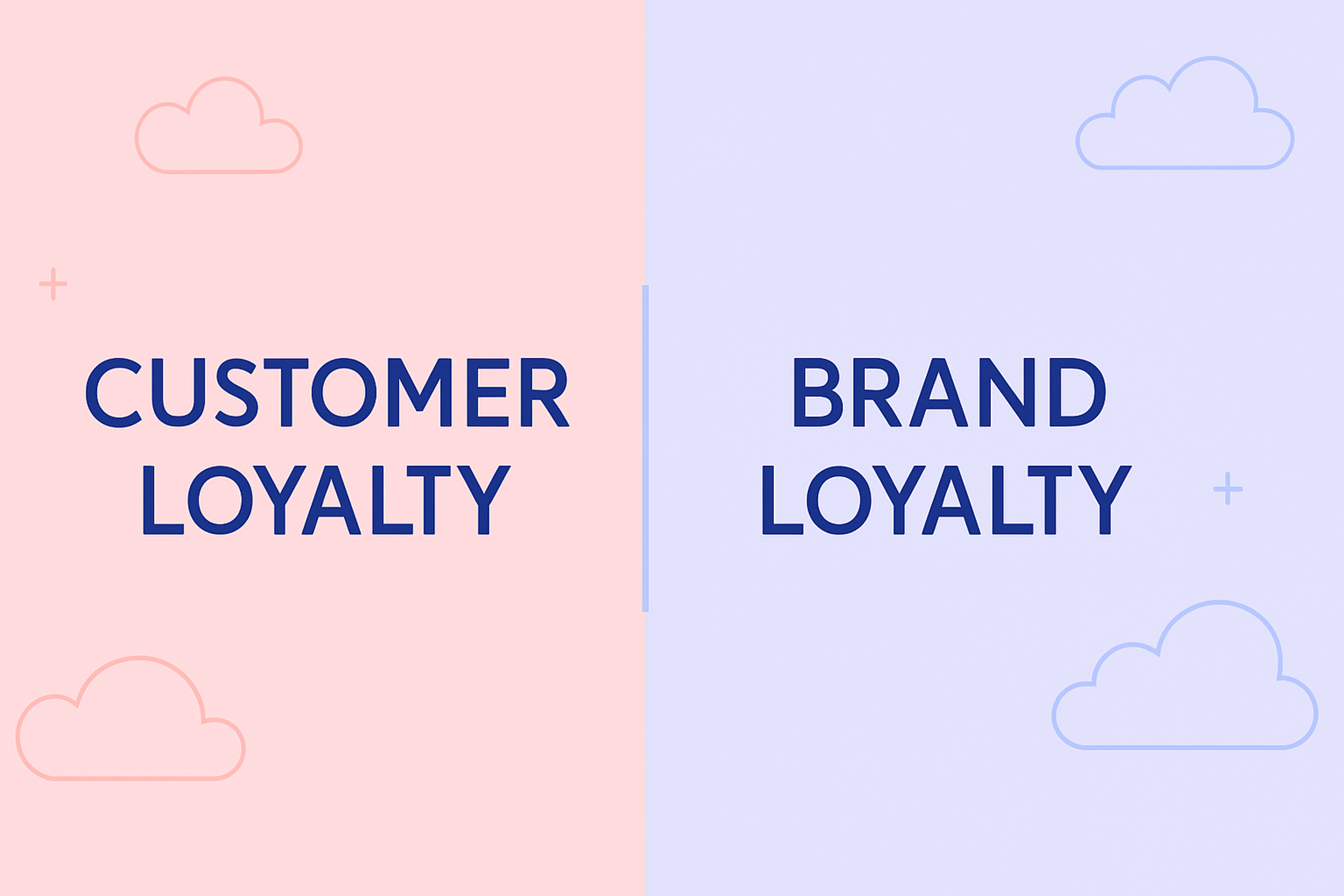
Key Differences
Depth of Loyalty
Customer loyalty is a more profound term because it encompasses a customer's repeated purchases triggered by their dissatisfaction with goods and services offerings. In contrast, brand loyalty is more superficial and is driven by the emotional connection with the company.
Drivers
As a multiplier, the brand values and the sense of brand identity tend to drive customer loyalty, while brand reputation and image do so for customer loyalty.
Flexibility
Customers can remain with a company that they believe brings them value. However, this loyalty can easily flex depending on the competitors' pricing or quality. On the other hand, brand loyalty is more rigid. Loyal customers of a particular brand tend to stick to it even if they have other options.
Impact on Business
Brand loyalty ensures repeat business, low acquisition costs, and high retention levels, which directly correlate with customer profitability. Increased customer acquisitions and retention rates often lead businesses to strong premium marketing, enhanced brand advocacy, and free advertising through satisfied customers.
Different Types of Customer Loyalty
An effective customer loyalty program can play a crucial role in retaining and growing a customer base by cultivating repeat business and positively impacting financial outcomes and customer engagement metrics.
Transactional Loyalty
Transactional loyalty is created when customers focus on the overall value they receive from their purchases. Loyalty is built on discounts, cashback rewards, or membership in a buyers club.
Customers who display transactional loyalty tend to return because they perceive a bargain has been struck, often driven by insights gained from customer data.
This loyalty to a brand comes with a very low retention rate and stems from easily accessible tangible rewards, not emotional ties.
Engagement Loyalty
Engagement loyalty entails more than just making a transaction; it means having a working relationship with customers by actively engaging them in the brand activities.
Customers with engagement loyalty have a stronger emotional attachment to the brand and engage with it more frequently via social media, polls, or content. Positive customer experiences, including great service and personalized interactions, are crucial for fostering this type of loyalty. This type of loyalty is built through consistent, authentic engagement, making customers feel appreciated.
Emotional Loyalty
Emotional loyalty is the most essential and potent form of loyalty. It occurs when a customer feels an emotional bond with your brand. This may happen due to the customer's deeply held values, shared experiences with you, or even how your products or services meet their lifestyle.
The level of emotional attachment that these customers have towards the brand makes it hard for them to switch brands, even when competitors have better prices.
Emotional Loyalty
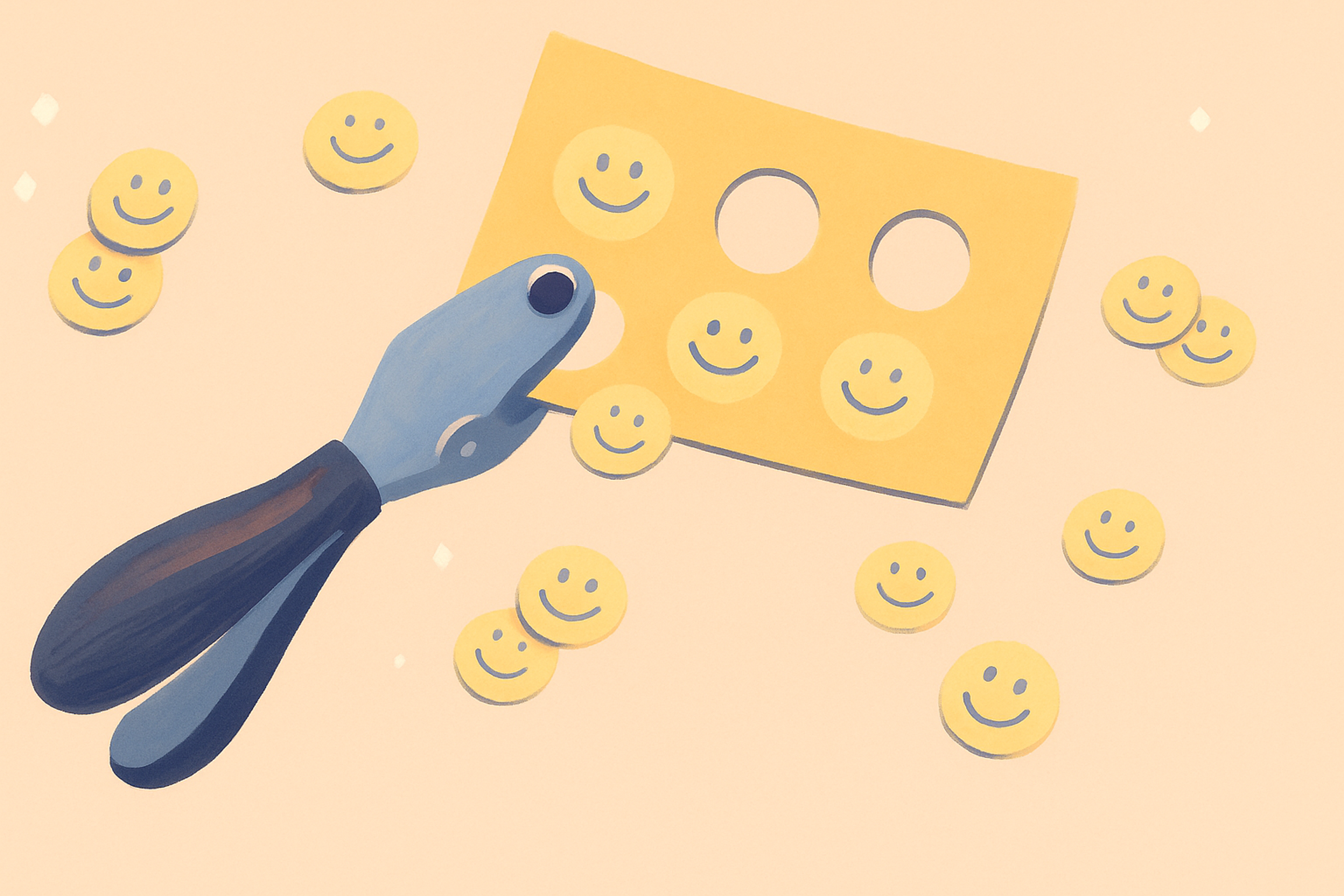
Behavioral Loyalty
Behavioral loyalty refers to the patterns or habits that consumers develop over time. These loyal customers may not feel attached to the brand, but they will continue using it simply out of habit.
Subscription services and habitual purchases are good examples of behavioral loyalty, where the customer does not have much of a relationship with the brand but continues to use it due to the established behavior or the convenience provided by the brand.
To drive customer retention, businesses have to speak on issues that matter to their customers, and each category of customer loyalty matters. Understanding the type of customer loyalty your company has the most can aid your marketing strategies.
Customer Loyalty Examples
A happy customer is more likely to come back, which makes loyalty key to growing any business. Loyal customers show their commitment by buying again, sharing good reviews, and feeling connected to the brand.
Real loyalty means customers keep choosing the same company because of the strong relationship built through great experiences.
This article looks at how to keep customers and turn them into loyal fans. By focusing on what builds loyalty, companies can create better experiences, form stronger connections, and unlock the full value of their customer base.
REI Co-op
One of the cases is REI’s Co-op Membership. This loyalty program offers numerous benefits to its members, including annual dividends, special discounts on a wide range of outdoor gear, and access to exclusive events such as member-only sales and outdoor classes.
This membership enhances the shopping experience and fosters a strong sense of community and loyalty among outdoor enthusiasts. Members become part of a more extensive network of like-minded individuals who share a passion for exploring and preserving the outdoors.
Source: rei
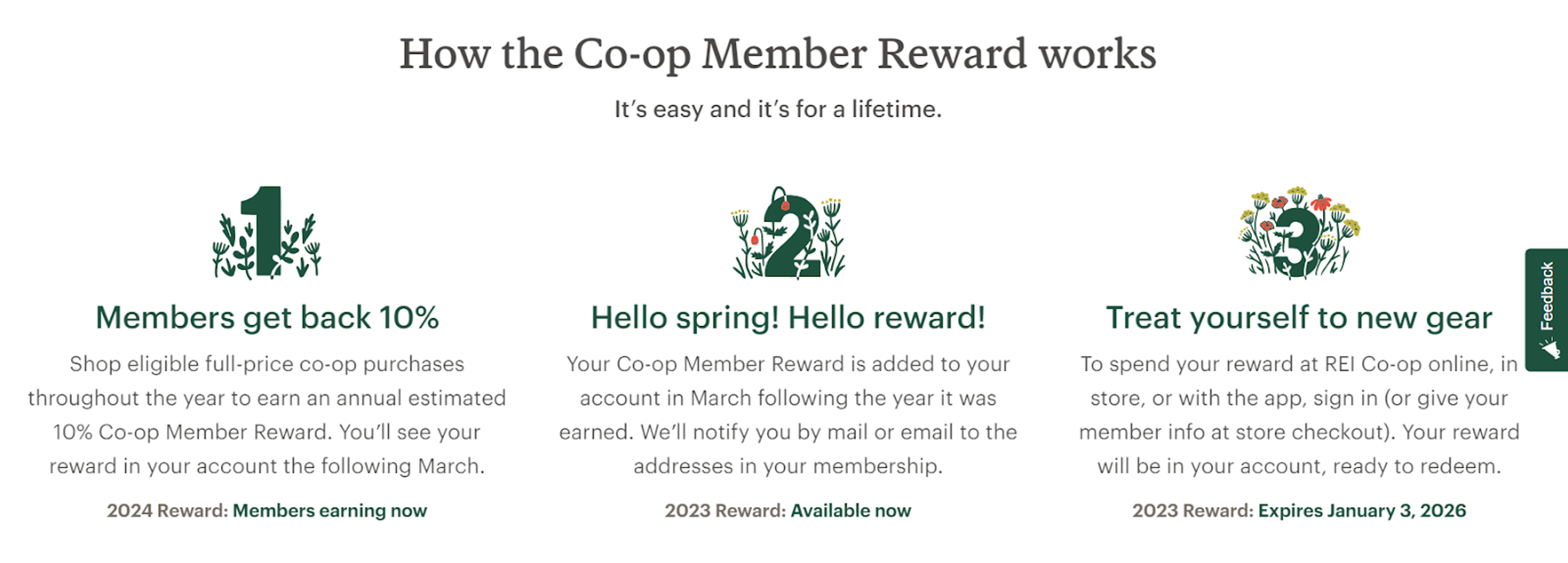
Bookshop.org
Bookshop.org isn’t just an online bookstore — it’s a mission-driven platform that supports independent bookshops. Every purchase can be tied to a local bookstore, and buyers know that their money goes directly toward supporting small businesses.
Customers return not just for books, but because they believe in the impact. The sense of community and purpose becomes the foundation of loyalty, even in a marketplace dominated by giants.
Source: bookshop.org
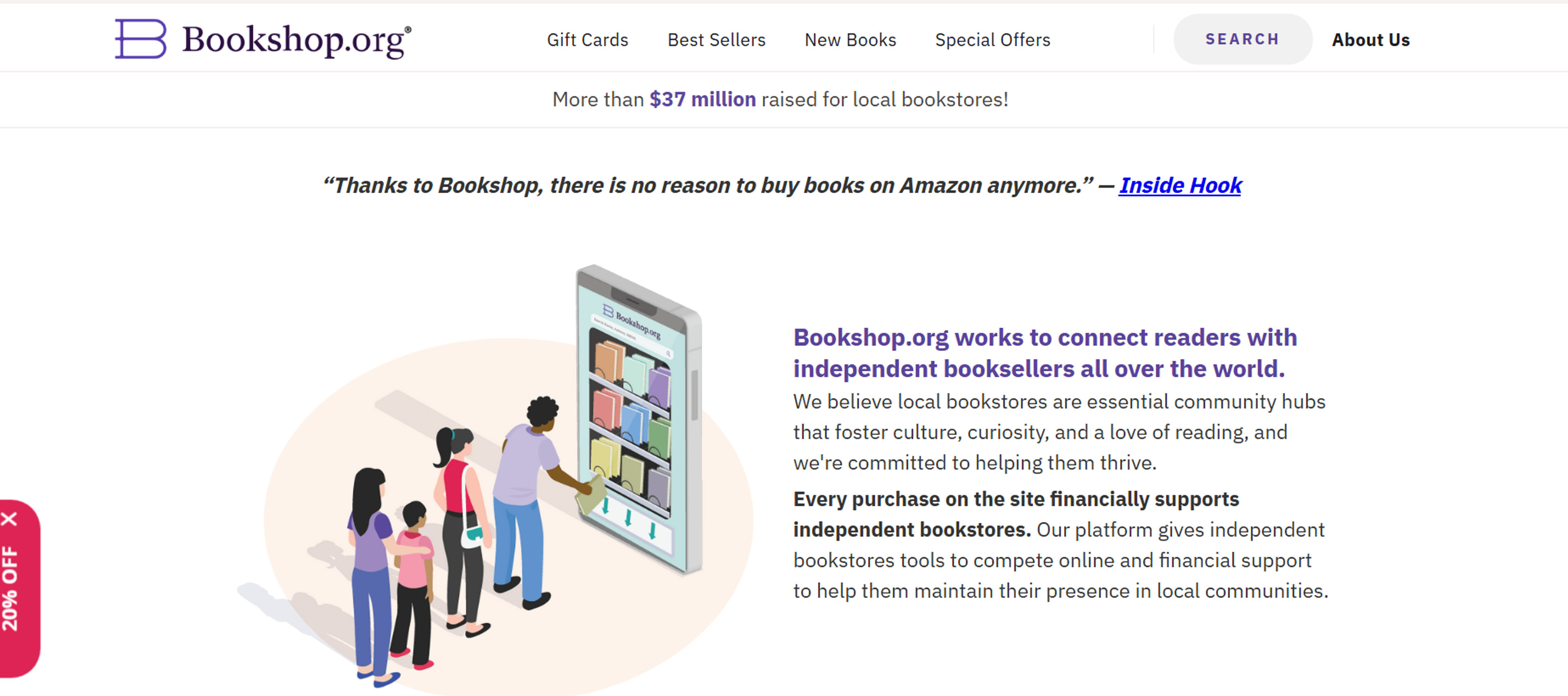
Patagonia
An additional example of strong customer loyalty is Patagonia, a company renowned for its commitment to environmental sustainability and social responsibility. Through its "Worn Wear" program, Patagonia encourages its customers to reduce consumption by promoting the repair and reuse of its products.
This initiative demonstrates Patagonia's dedication to sustainability and fosters a deep connection with environmentally conscious consumers. By aligning its business practices with the values of its audience, Patagonia has cultivated a loyal customer base that supports the brand's mission.
Source: Patagonia
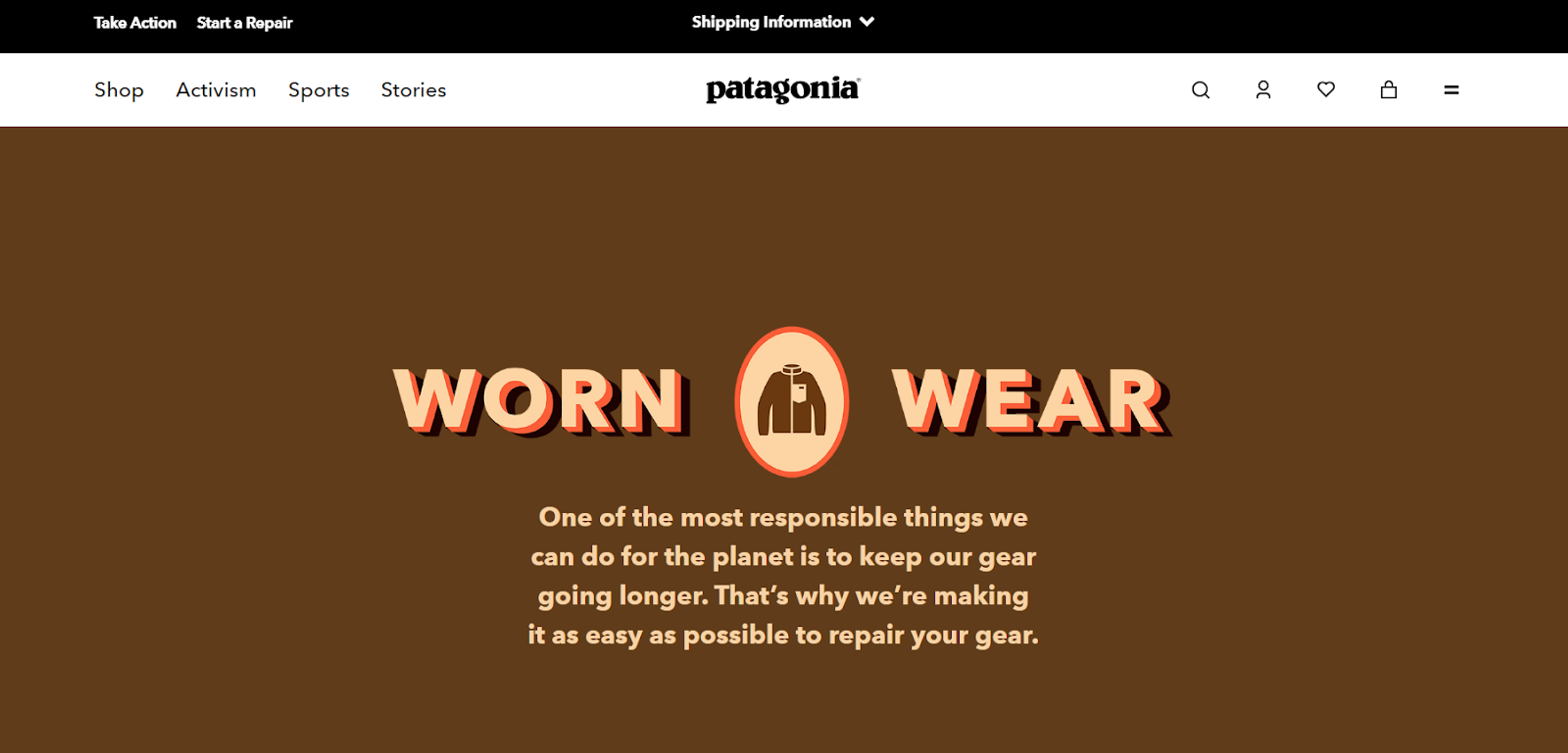
How to Measure Customer Loyalty: 4 Essential Metrics
Knowing how to measure customer loyalty is a skill you must develop as a business owner over time. In this case, let us share with you four metrics that would be very helpful for measuring customer loyalty:
1. Customer Retention Rate
Customer Retention Rate (CRR) measures how many customers engage with your brand over time. Higher retention means reasonable customer satisfaction, leading to customer loyalty.
To compute CRR, subtract new customers gained during a period from the total customers at the end, then divide by the customers at the start of the period. Multiply that result by 100.
2. Customer Lifetime Value (CLV)
Customer Lifetime Value (CLV) is a metric that predicts the revenue a business can expect from a single customer over the entire relationship with the business. This will be helpful in predicting the purchase amount of loyal customers throughout the entire relationship with the customer.
To calculate CLV, multiply the average purchase value by the average purchase frequency, and that result by the average customer lifespan.
3. Net Promoter Score (NPS)
Net Promoter Score (NPS) is a widely used metric that measures customer loyalty by asking how likely customers are to recommend a company's products or services. Customers answer: "On a scale of 0 to 10, how likely are you to recommend us to a friend or colleague?"
NPS groups customers into three categories:
Promoters (9-10): Loyal customers who actively endorse your brand.
Passives (7-8): Neutral customers who are unlikely to promote your brand.
Detractors (0-6): Unhappy customers who may avoid or criticize your brand.
NPS is calculated by subtracting the percentage of detractors from the percentage of promoters. A high score signals strong customer loyalty, while a low score indicates areas for improvement.
4. Customer Satisfaction (CSAT)
Customer Satisfaction (CSAT) is a crucial metric employed to assess customers' happiness with a product, service, or experience. In most cases, CSAT is measured with a simple survey question: "How satisfied were you with your experience today?" Customers can express their satisfaction with a scale of 1 to 5 or 1 to 10.
CSAT scores provide immediate insights into how well your product or service meets customers' expectations. High levels of satisfaction typically lead to increased loyalty, and low levels show what areas of business to focus on now.
5 Strategies to Boost Customer Loyalty
Here are 5 strategies to your customer loyalty:
How to Build Customer Loyalty
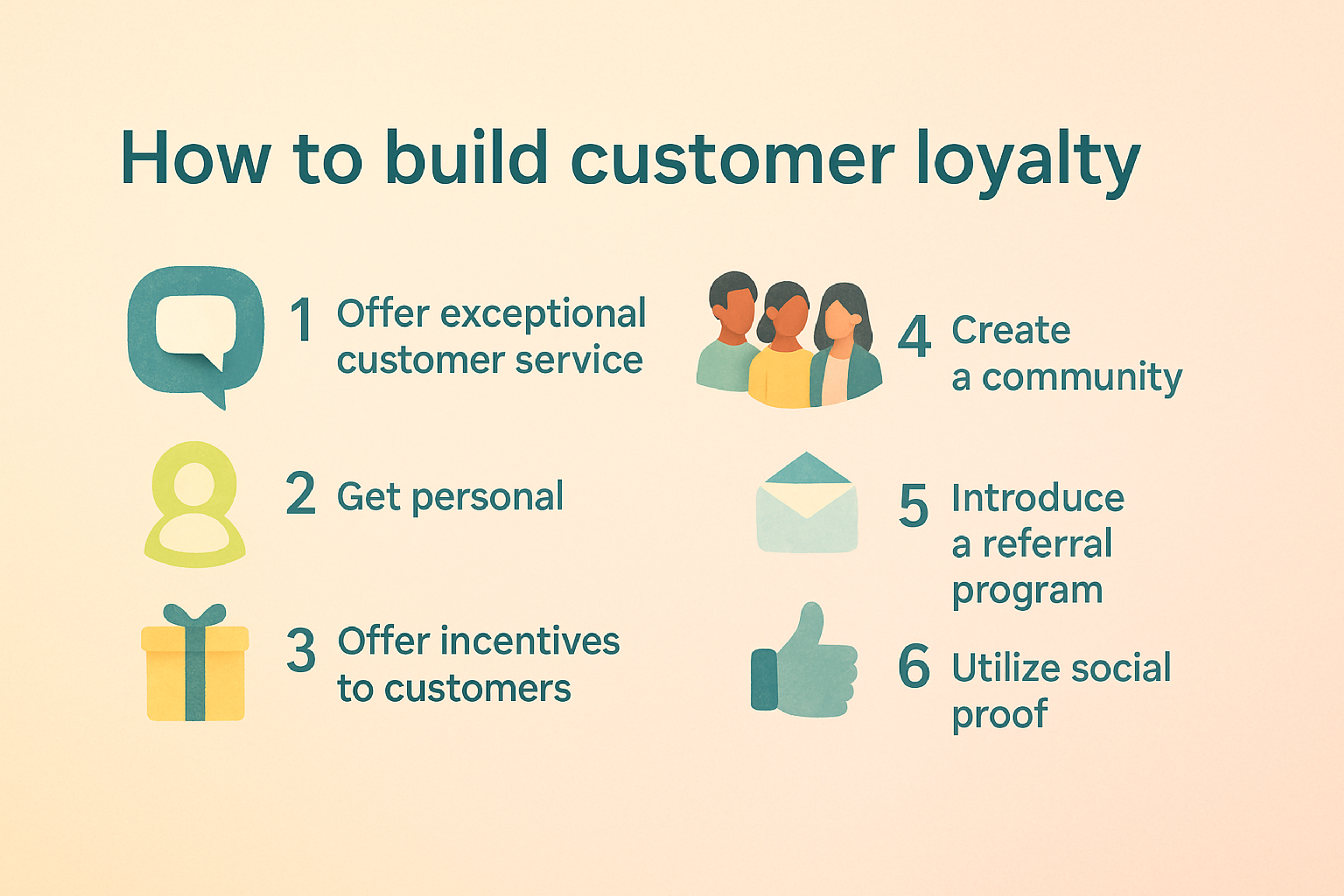
Leverage Case Studies Throughout the Sales Journey
Leverage a customer success example to earn trust and prove worth. Showcasing your existing clients' successes during sales cycles is always helpful. Case studies illustrate the value of your product or service to prospects and help them become loyal clients.
Set Clear Expectations from the Start
Managing expectations early is key to ensuring customer satisfaction. Be transparent about what customers can expect throughout their journey with you, from product features to service delivery, so they feel informed and aligned from the very beginning.
Keep Clients in the Loop with Regular Updates
Consistent communication is essential to maintaining loyalty. Provide your customers with regular updates on how your product or service is delivering value, new features, or upcoming changes. This proactive communication ensures they feel engaged and informed at all times.
Craft a Vision for the Future Together
Develop a roadmap that outlines the future of your relationship. Share your plans for improvements, upgrades, and continued success, so customers feel confident that they’re not just a one-time transaction but a long-term partner in your growth.
Source: Sai De Silva on Unsplash
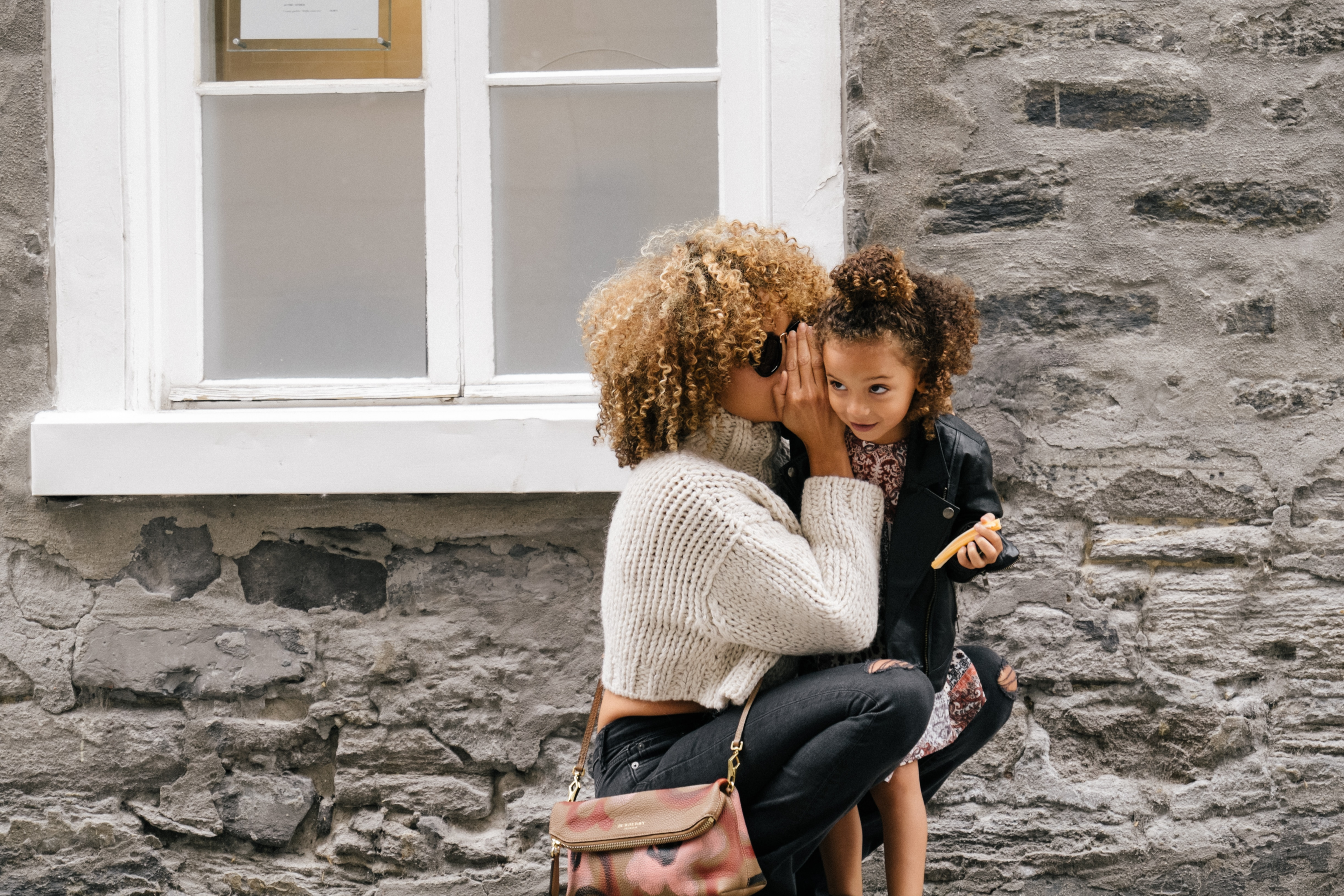
Celebrate Achievements Together
Make your customer’s success a memorable experience by celebrating shared milestones. Whether it’s a special thank-you gesture, a personalized note, or a customer appreciation event, reinforcing positive moments strengthens the bond and encourages continued loyalty. Loyal customers spend significantly more than new ones, making it beneficial to invest in these relationships.
Read more:
Conclusion
In conclusion, building customer loyalty is critical to any business model. It requires an innovative approach that combines data-driven insights with personalization strategies powered by AI/ML technologies.
Additionally, businesses must stay ahead of rapidly changing customer preferences and expectations while developing effective word-of-mouth campaigns to capture consumer attention and influence purchasing decisions.
By effectively leveraging these cognitive neuroscience principles, companies can drive more sales with less effort while remaining competitive in today's marketplaces.
With the right strategy, businesses can create sustainable relationships between brands and customers over time through engaging conversations on social media platforms and targeted marketing initiatives to meet individual needs.


About Clay
Clay is a UI/UX design & branding agency in San Francisco. We team up with startups and leading brands to create transformative digital experience. Clients: Facebook, Slack, Google, Amazon, Credit Karma, Zenefits, etc.
Learn more

About Clay
Clay is a UI/UX design & branding agency in San Francisco. We team up with startups and leading brands to create transformative digital experience. Clients: Facebook, Slack, Google, Amazon, Credit Karma, Zenefits, etc.
Learn more


